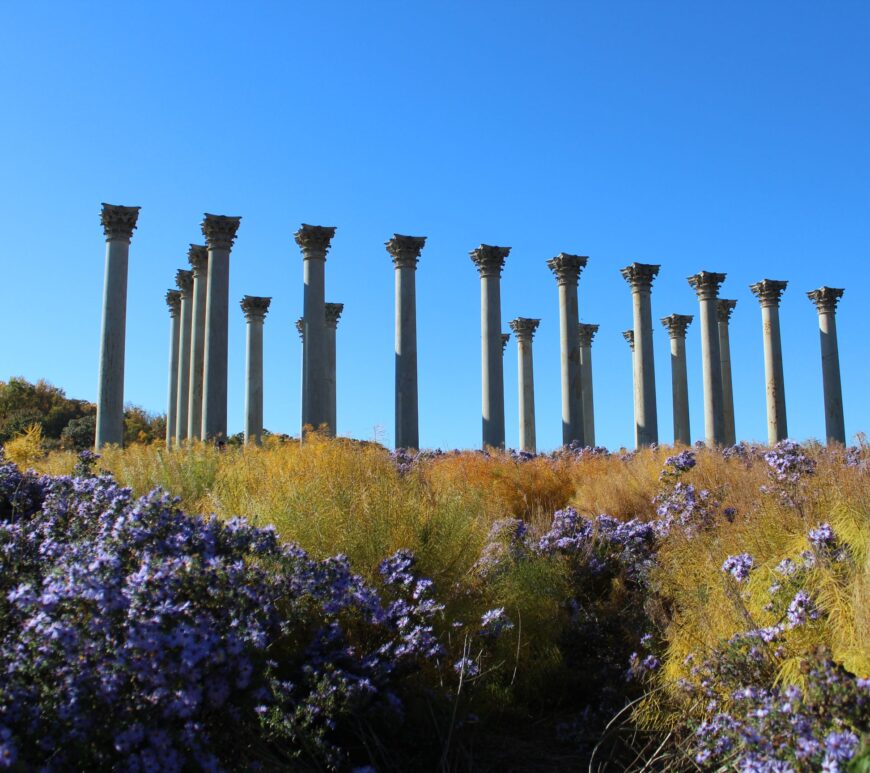
National Capitol Columns
“We have built no temple but the Capitol. We consult no common oracle but the Constitution.”
On a grassy hilltop on the grounds of the National Arboretum stand 22 stately Corinthian columns. They originally stood at the East Portico – the covered entrance – to the Capitol building, where they witnessed the inauguration of 27 Presidents. Reminiscent of the ruins of ancient Persepolis or a forgotten Roman temple, they are an elegant reminder of the history of Washington, D.C., and the changes that have shaped the city.



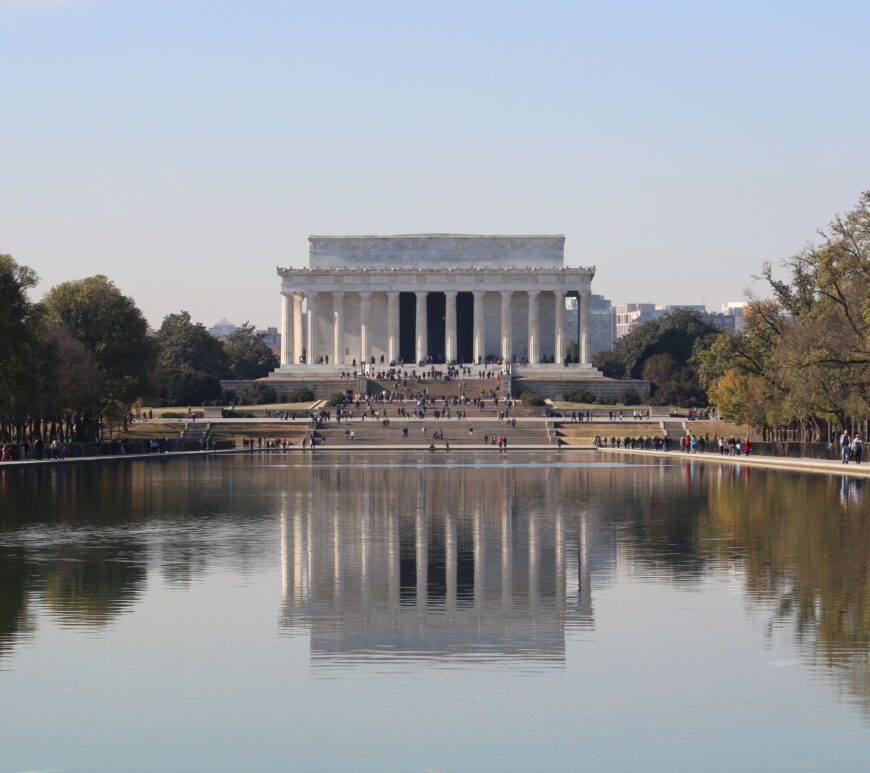
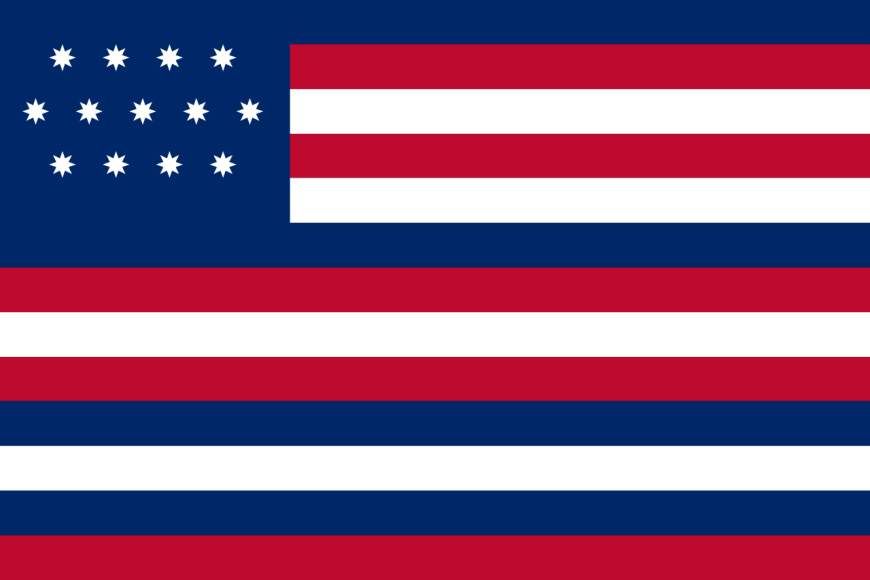
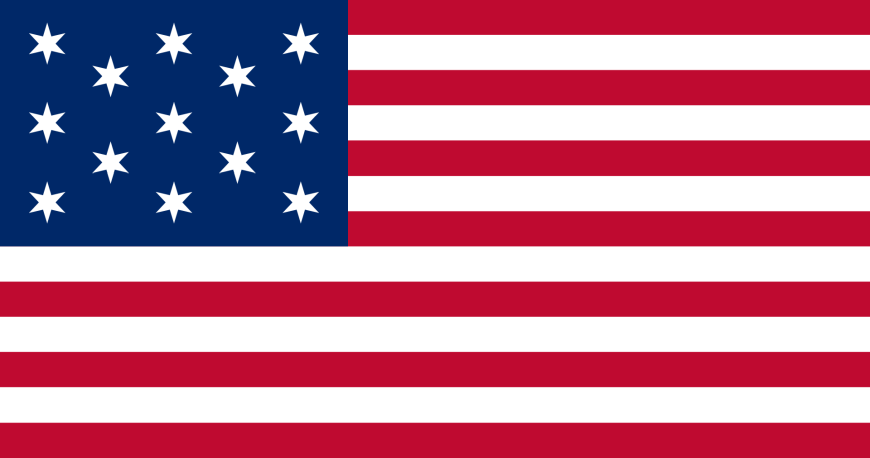
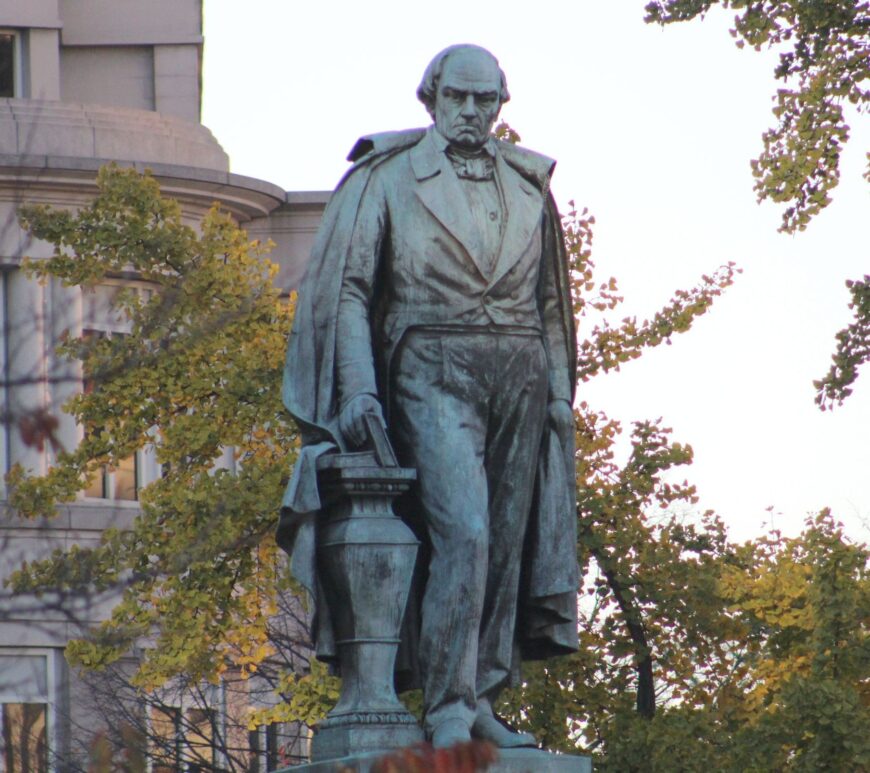

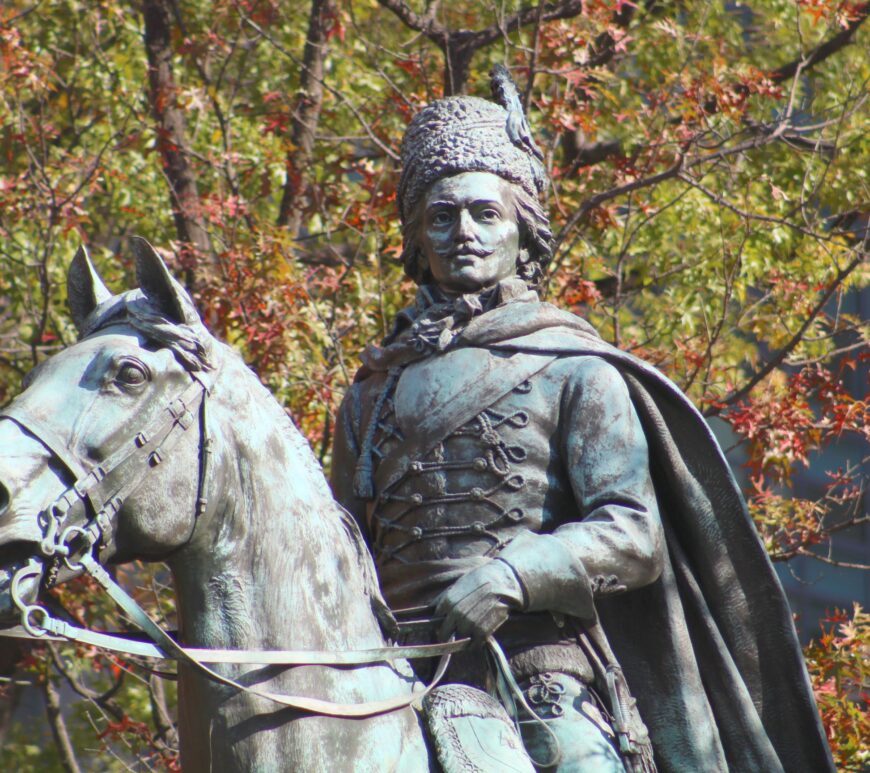

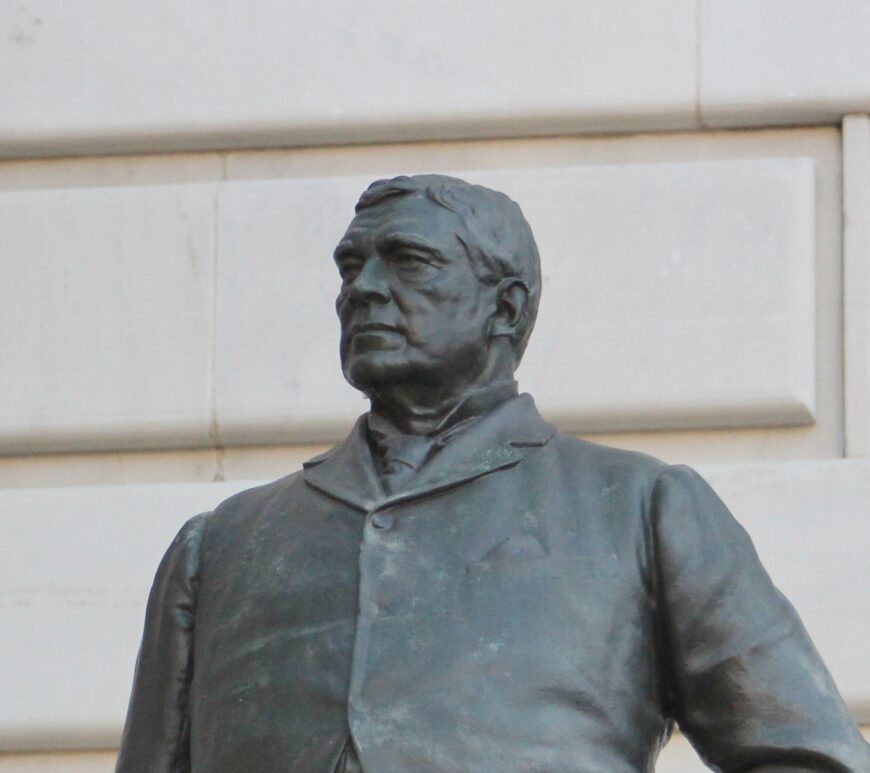

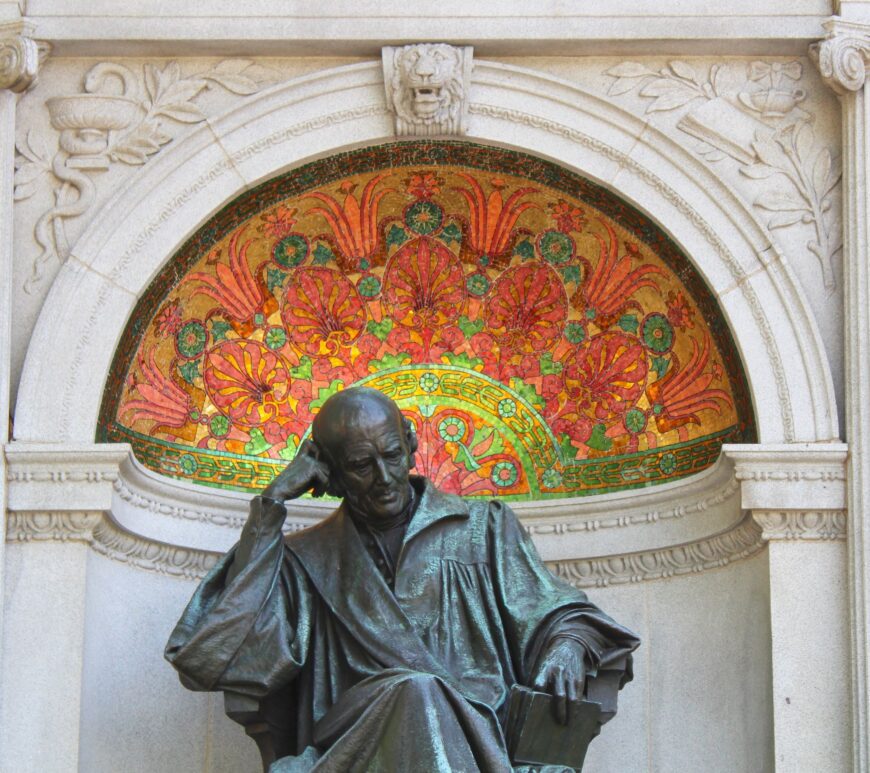

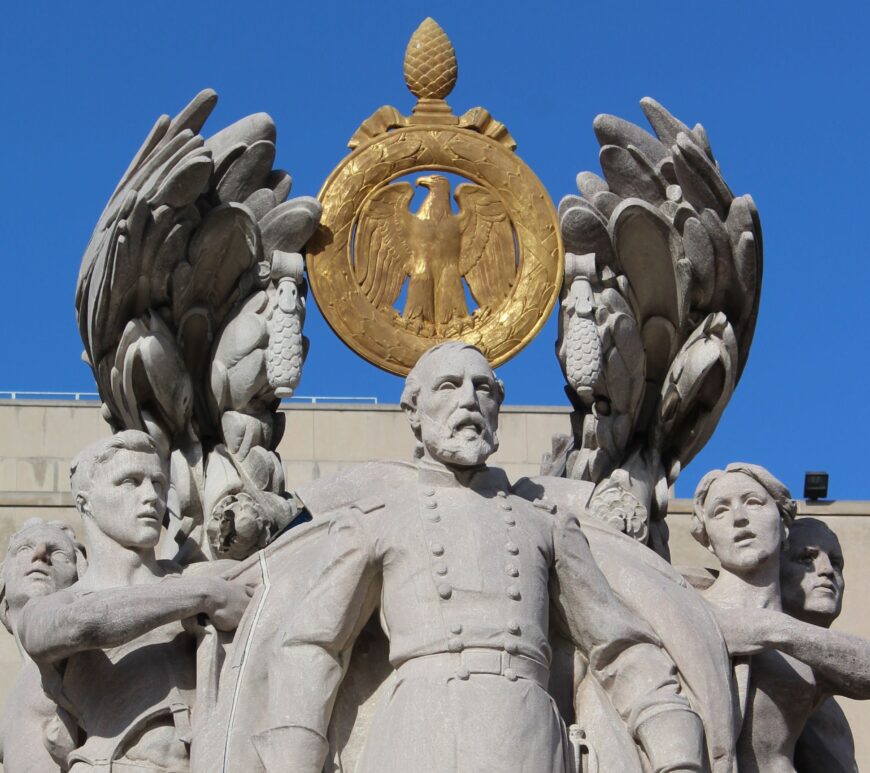


 For over 100 years the District of Columbia went without an official flag. Before the flag we know today was approved in 1938, the District would often fly the flag of the D.C. militia, which shows the Capitol Dome with a rising sun behind it. But in 1917 a young designer and artist named Charles Dunn was working on engraving a number of flags for an issue of National Geographic. “While working on the flags of the different states of the United States, I became aware of a lack of good design in many of them. In fact, some were simply just the state seal in the center of a blue field. Of course, I noticed, too, that there was no District of Columbia Flag.”
For over 100 years the District of Columbia went without an official flag. Before the flag we know today was approved in 1938, the District would often fly the flag of the D.C. militia, which shows the Capitol Dome with a rising sun behind it. But in 1917 a young designer and artist named Charles Dunn was working on engraving a number of flags for an issue of National Geographic. “While working on the flags of the different states of the United States, I became aware of a lack of good design in many of them. In fact, some were simply just the state seal in the center of a blue field. Of course, I noticed, too, that there was no District of Columbia Flag.”
